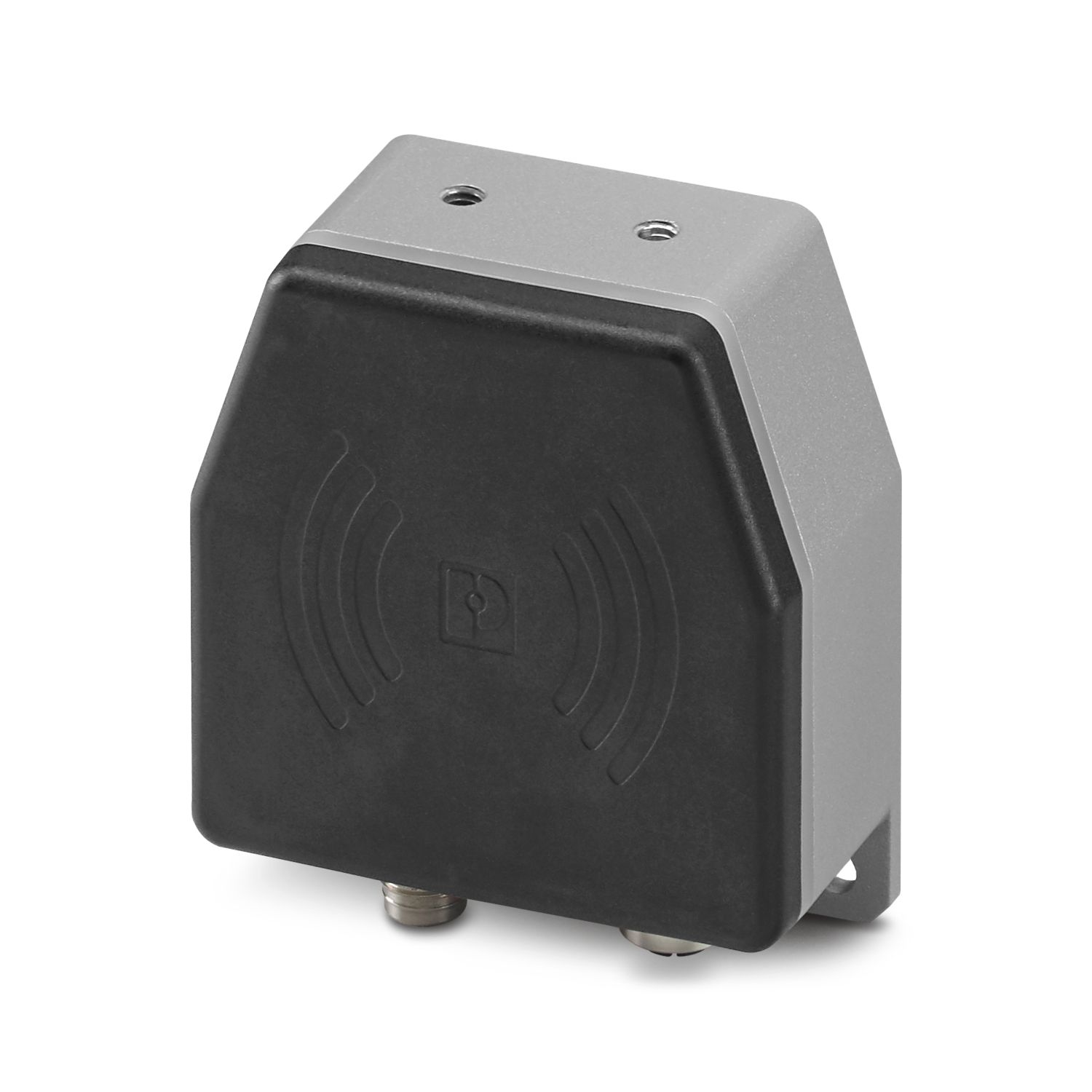With the robust NEARFI 300 NearFi couplers, you can transmit power (50 W, 24 V DC / 2 A, UA) without contact across a distance in the centimeter range. The couplers do not need to be configured and are ready for immediate use. The NearFi couplers can be brought together from any direction or in rotation. They can face each other with an offset or at a tangential angle. You can therefore replace wear-sensitive and maintenance-intensive connections and reduce downtimes in your systems. The IP65 devices are connected using M12 push-pull fast-connection technology (L-coded).
NEARFI 300 R
-
Inductive coupler
1509989


















NearFi remote, contactless power coupler, 50 W (UA), range ≤10 mm, M12 push-pull, IP65, can be combined with NEARFI 300 B. Optional: 2 x 50 W (US+UA) in conjunction with NEARFI 2200/200
Product details
Compatible products
Your advantages
Frequently asked questions
When do I use the A-coded device variants (NEARFI PD, NEARFI P, NEARFI D)?
The A-coded device variants can be used as replacements in existing systems and applications. The A-coded devices are incompatible with the L-coded devices (NEARFI 2xxx).
When do I use the L-coded device variants (NEARFI 2000, NEARFI 200/300, NEARFI 2200)?
The L-coded device variants can be used for new projects. The L-coded devices enable doubling of the range during data transmission, power duplication through parallel connection, and other functions. The L-coded devices are incompatible with the A-coded devices.
Do the devices meet the cybersecurity requirements of the Radio Equipment Directive (RED)?
The requirements of Delegated Act 2022/30 of the RED 2014/53/EU with regard to article 3.3 d,e,f do not apply to the product.
Article 3.3, d: The devices do not have active access to network communication They are not able to disrupt network commu...
View more
The requirements of Delegated Act 2022/30 of the RED 2014/53/EU with regard to article 3.3 d,e,f do not apply to the product.
Article 3.3, d: The devices do not have active access to network communication They are not able to disrupt network communication or misuse resources. Therefore, this requirement does not apply to the devices.
Article 3.3, e: Not applicable to the devices, as no personal data is processed and the privacy of end users is not affected
Article 3.3, f: Not applicable, as the devices are not used for financial transactions






















